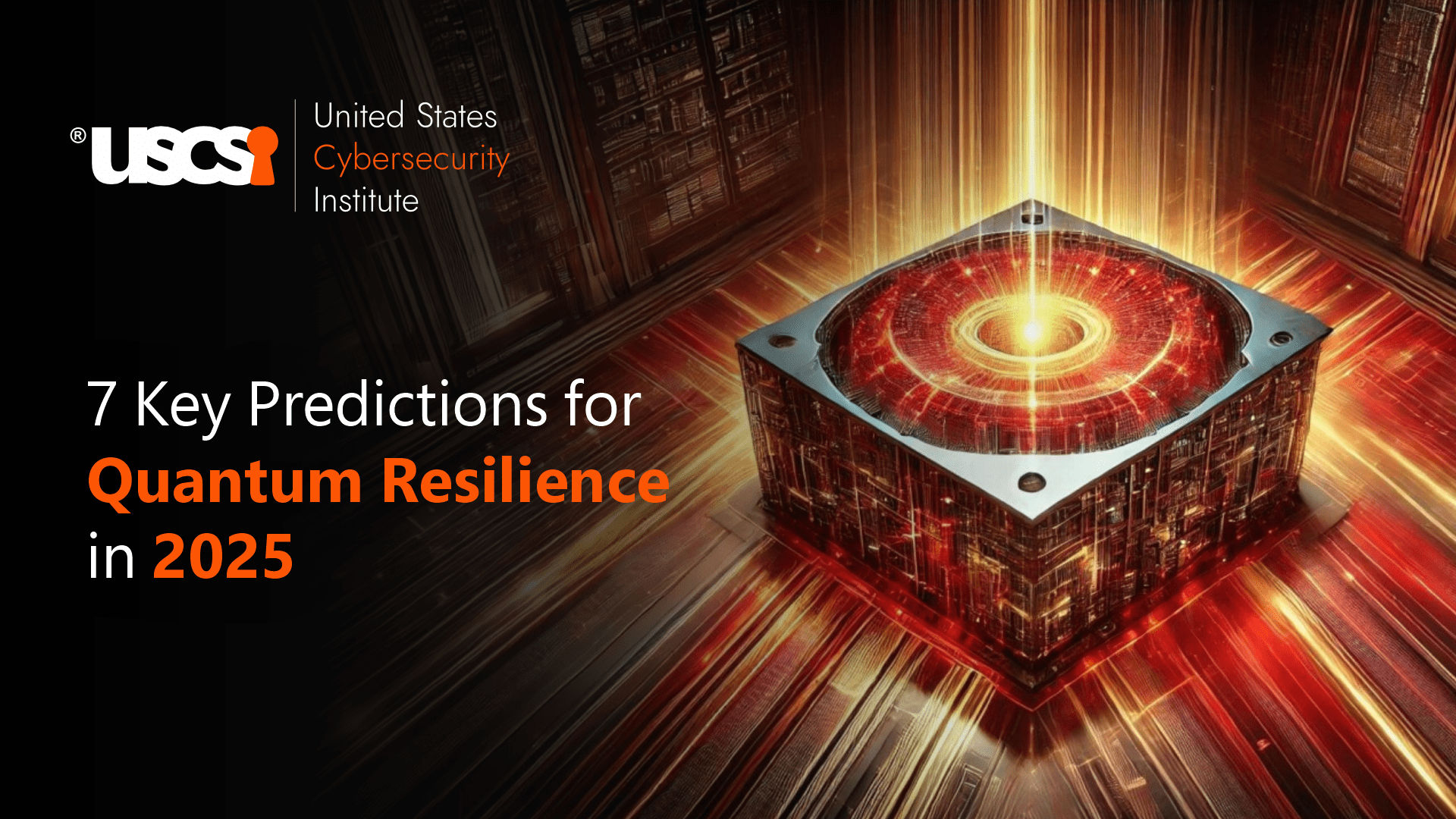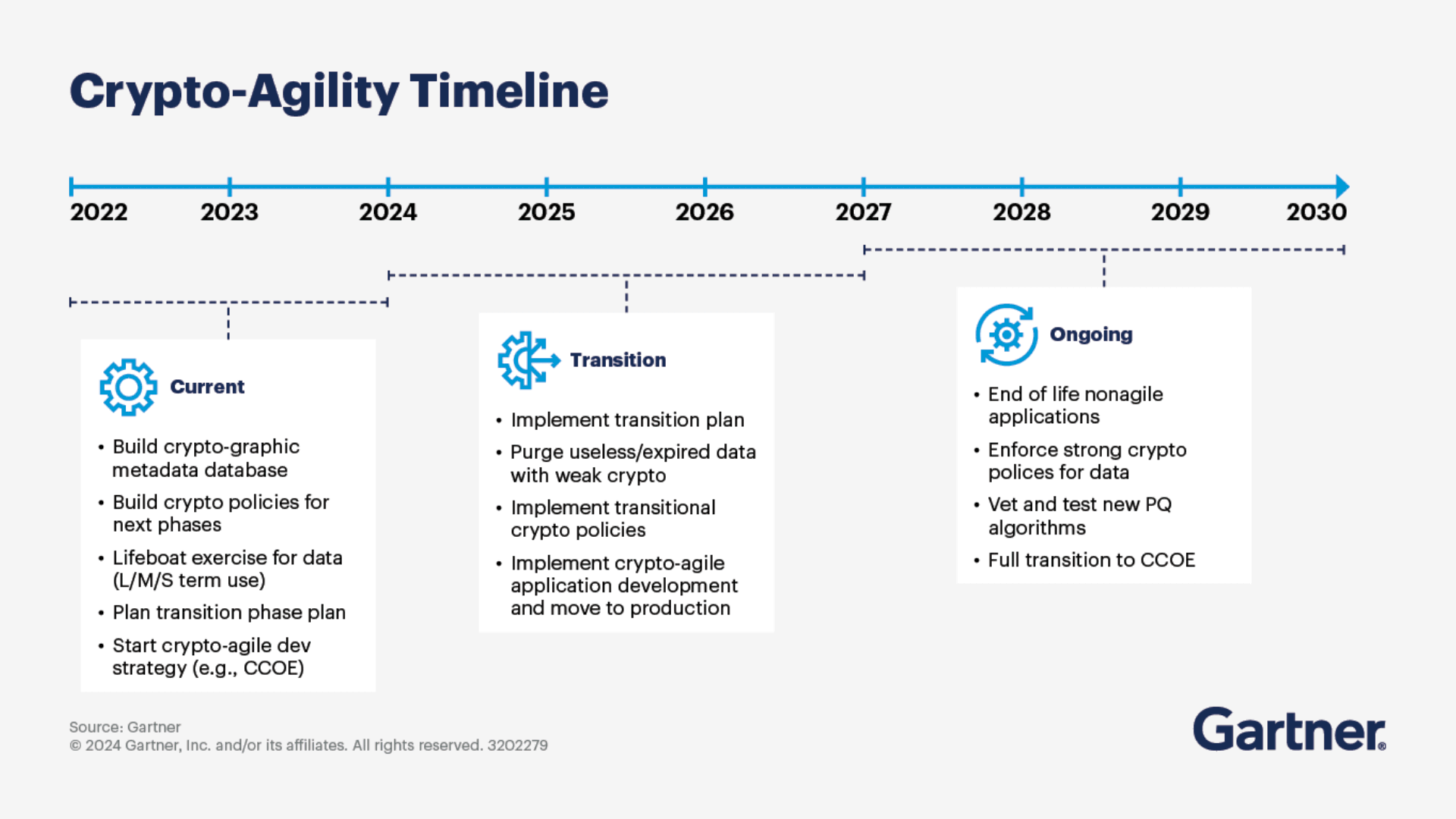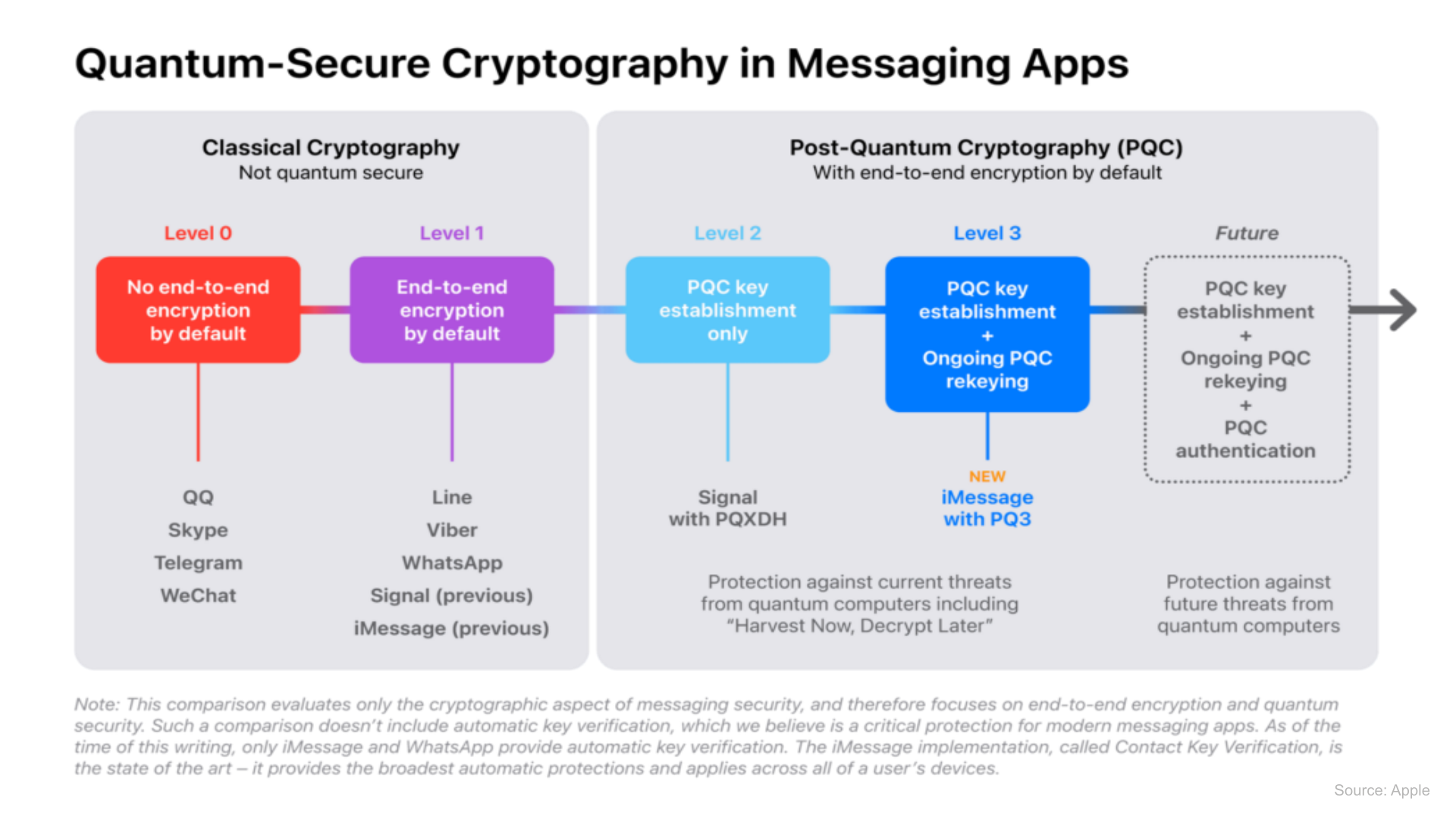

Top Predictions for Quantum Resilience in 2025
Technology is evolving at an unprecedented rate that you can ever image. With this evolving technology comes a rapid transformation in the cybersecurity industry as well. The threat is becoming highly innovative, highly sophisticated, and very hard to detect. Some notable technologies like quantum computing, cryptographic agility, artificial intelligence, machine learning, etc., are going to shape the future of our world.
Though these technologies are widely used to make our lives and businesses more convenient and effortless, they are also easily accessible to malicious actors who use them for cybercrimes i.e., to steal data, steal credentials, gain unauthorized access, and control over systems, devices, and networks, and can even use them to influence societal and political outcomes.
In this article, let us understand some predictions related to post-quantum cybersecurity and cryptographic agility that are worth considering.
-
Convergence of AI and Quantum Computing
With the intersection of AI and quantum computing, cybersecurity is facing a looming crisis. AI is already helping cybercriminals carry out personalized and automated attacks on a large scale and in a sophisticated manner using highly advanced AI tools.
As we move ahead in 2025, we will find the convergence of both these technologies can give rise to some unknown and unseen cyber threats that will require new kinds of cybersecurity measures and protection tactics.
-
Quantum Computing is Rising Demanding Organizations to Prepare Now
The rapid development of quantum computing is forcing organizations across the globe to prepare for never-before-seen kinds of cyber threats. Quantum computing can be very powerful and can easily shatter the current encryption methods. They can compromise 20 billion connected devices and are capable of triggering the largest cybersecurity overhaul in history.
Countries like China are investing heavily in quantum programs, spending over $15 billion. Moreover, Microsoft’s latest announcement regarding the development of the Majorana 1 quantum chip can unlock infinite possibilities. Therefore, in 2025 and the years to come, we can see organizations implementing quantum-resistant algorithms to protect their encryption techniques and data.
-
Crypto Agility Will Become More Common

Crypto agility is no longer a rare phenomenon or luxury. Today it has become highly common as well as necessary for all organizations. So, all organizations need to build a strong system to effectively integrate new cryptographic algorithms and stay protected from evolving cyber threats.
Additionally, the increase in automation will also play an important role in managing cryptographic updates and ensuring continuous security as standards change. NIST is expected to approve several new algorithms in the coming months which will make it mandatory for organizations to rapidly adopt crypto agility.
-
Automated Cryptographic Management
We can also expect a rise in the adoption of automated tools to manage cryptographic protocols. This will assist organizations and cybersecurity professionals to seamlessly transition between algorithms and reduce the risk of vulnerabilities during migrations.
Another advantage of using automated cryptographic management is that it will also effectively orchestrate cryptography throughout the organization.
-
US Federal Government and Foreign Nations will Push PQC Adoption
Governments worldwide, particularly the US federal government, are aggressively adopting post-quantum cryptography (PQC). In the year 2025, we will see the US reaching significant milestones in this transition.
NIST’s IR 8547 which guides federal agencies towards PQC is nearing its final release. Also, the NSA’s CNSA 2.0 which mandates quantum-resistant algorithms for National Security Systems will also be implemented across various federal agencies.
Not just that, OMB directives that stem from HR 7535 are also expected to set fixed deadlines for agencies to identify and migrate vulnerable systems. These efforts indicate a decisive move towards securing national infrastructure against quantum threats.
Here’s an example of how Apple is using PQC to secure their iMessaging app.

-
Addressing ‘Harvest Now and Decrypt Later’ Threats
The potential hazard of ‘harvest now, decrypt later’ attacks mandates organizations to put post-quantum cryptography (PQC) as their first priority. With cybercriminals continuously collecting encrypted data for future quantum decryption, it becomes important for organizations to protect their long-term data confidentiality.
Nation-states are also systematically storing global data and targeting information with extended secrecy requirements. So, in 2025, there will be more focus on PQC deployment.
-
Cryptography Bill of Materials Will Gain More Importance
In 2025, the Cryptography Bill of Materials (CBOMs) will become highly important in the field of cybersecurity. CBOMs can help provide a detailed inventory of cryptographic assets and their dependent entities and assist with a better view of the organization’s security posture.
This increase in transparency is necessary to effectively assess and manage risks. So, in the coming years, expect widespread adoption of CBOMs because organizations will want to proactively identify and eliminate known vulnerabilities to enhance their digital trust and security.
Conclusion
The year 2025 is very important in terms of post-quantum cryptography (PQC) which demonstrates a proactive response is essential to mitigate the growing threats related to quantum computing.
So, expect huge progress in standardization, and widespread implementation of PQC and cryptographic agility.
As quantum computing has started to threaten the existing encryption and cryptographic techniques, this year we might see increased adoption of quantum-resistant cryptographic solutions.





